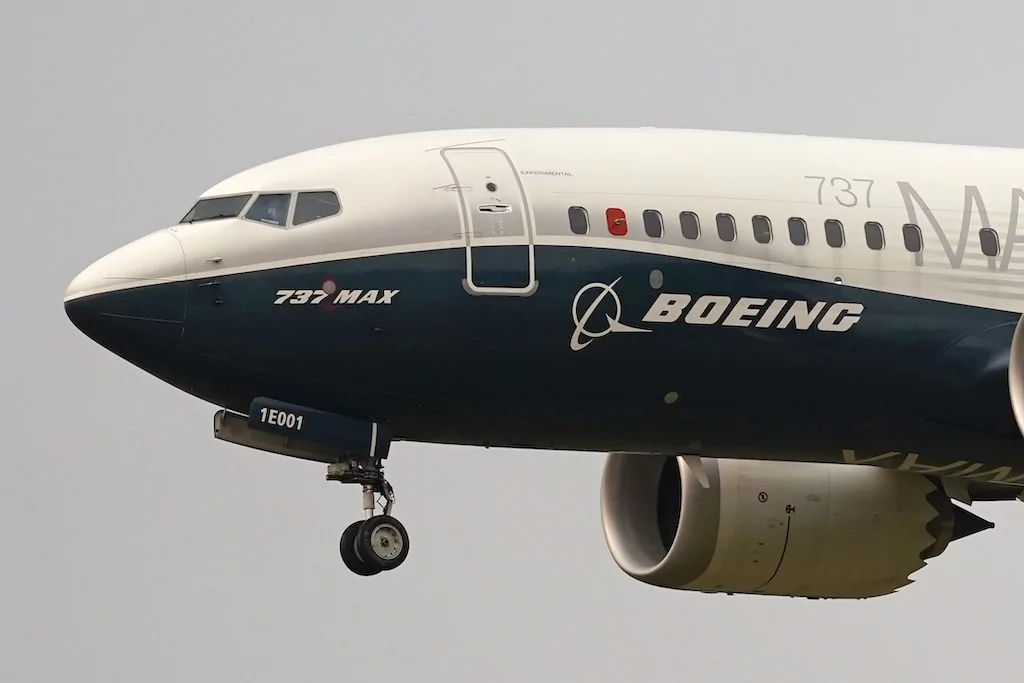Boeing Bids Farewell to an Icon, Delivers Last 747 Jumbo Jet
SEATTLE—Boeing bids farewell to an icon on Tuesday: It’s delivering its final 747 jumbo jet.
Since its first flight in 1969, the giant yet graceful 747 has served as a cargo plane, a commercial aircraft capable of carrying nearly 500 passengers, a transport for NASA’s space shuttles, and the Air Force One presidential aircraft. It revolutionized travel by connecting international cities to which they had never been connected and democratizing passenger flight.
But over about the past 15 years, Boeing and its European rival Airbus have introduced more profitable and fuel-efficient wide-body planes, with only two engines to maintain instead of the 747′s four. Boeing built the final plane in the Puget Sound region, Washington.
For the final farewell, a large crowd of former and current Boeing employees is expected. The last one will be delivered by Atlas Air to the cargo carrier.
“If you love this business, you’ve been dreading this moment,” Richard Aboulafia, a long-time aviation analyst, said: “Nobody wants a four-engine airliner anymore, but that doesn’t erase the tremendous contribution the aircraft made to the development of the industry or its remarkable legacy.”
After losing a contract to build a massive military transport, C-5A, Boeing began work on the 747. The idea was to take advantage of the new engines developed for the transport—high-bypass turbofan engines, which burned less fuel by passing air around the engine core, enabling a farther flight range—and to use them for a newly imagined civilian aircraft.
It took more than 50,000 Boeing workers less than 16 months to churn out the first 747—a Herculean effort that earned them the nickname “The Incredibles.” The jumbo jet’s production required the construction of a massive factory in Everett, north of Seattle—the world’s largest building by volume.
The plane’s fuselage was 225 feet (68.5 meters) long, and the tail stood as tall as a six-story building. The plane’s design included a second deck extending from the cockpit back over the first third of the plane, giving it a distinctive hump and inspiring a nickname, the Whale. Romantically, the 747 became known to be the Queen of the Skies.
Many airlines made the second deck into a first class cocktail lounge. The lower deck often featured lounges or even piano bars.
“It was the first big carrier, the first widebody, so it set a new standard for airlines to figure out what to do with it and how to fill it,” said Guillaume de Syon, a history professor at Pennsylvania’s Albright College who specializes in aviation and mobility. “It became the essence of mass air travel: You couldn’t fill it with people paying full price, so you need to lower prices to get people onboard. It contributed to what happened in the late 1970s with the deregulation of air travel.”
It was the first 747 entered service in 1970 on Pan Am’s New York-London route, and its timing was terrible, Aboulafia said. It debuted shortly before the oil crisis of 1973, amid a recession that saw Boeing’s employment fall from 100,800 employees in 1967 to a low of 38,690 in April 1971. The “Boeing bust” A billboard, which read, was prominently placed near Seattle-Tacoma International Airport. “Will the last person leaving SEATTLE, Turn out the lights.”
An updated model—the 747-400 series—arrived in the late 1980s and had much better timing, coinciding with the Asian economic boom of the early 1990s, Aboulafia said. As a twentysomething backpacker, he recalled riding a Cathay Pacific 747 between Los Angeles and Hong Kong in 1991.
“Even people like me could go see Asia,” Aboulafia added. “Before, you had to stop for fuel in Alaska or Hawaii, and it cost a lot more. This was a straight shot—and reasonably priced.”
The last American airline to use the 747 to transport passengers was Delta. However, other international airlines continue to fly the 747, including Lufthansa.
Atlas Air ordered four 747-8 freighters in the early part of last year. The final one left the factory Tuesday.
Boeing’s roots are in the Seattle area, and it has assembly plants in Washington state and South Carolina. The company announced in May it would move its headquarters to Arlington, Virginia. This would allow its executives to be close to Federal Aviation Administration officials, who certifies Boeing cargo and passenger aircrafts.
Boeing’s relationship with the FAA has been strained since deadly crashes of its best-selling plane, the 737 Max, in 2018 and 2019. The FAA took nearly two years—far longer than Boeing expected—to approve design changes and allow the plane back in the air.
By Gene Johnson
" Conservative News Daily does not always share or support the views and opinions expressed here; they are just those of the writer."





